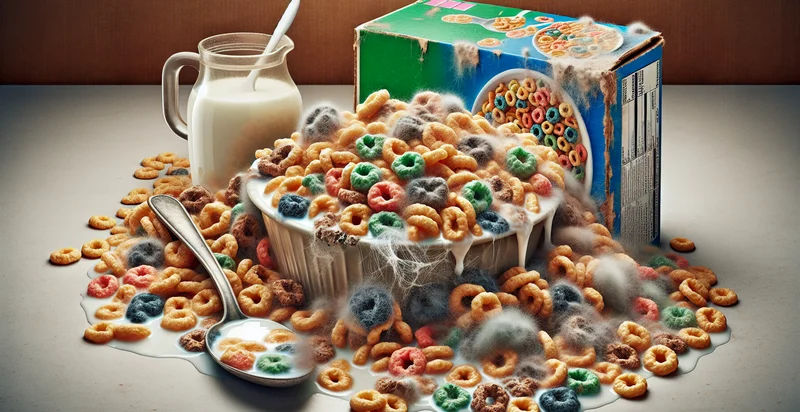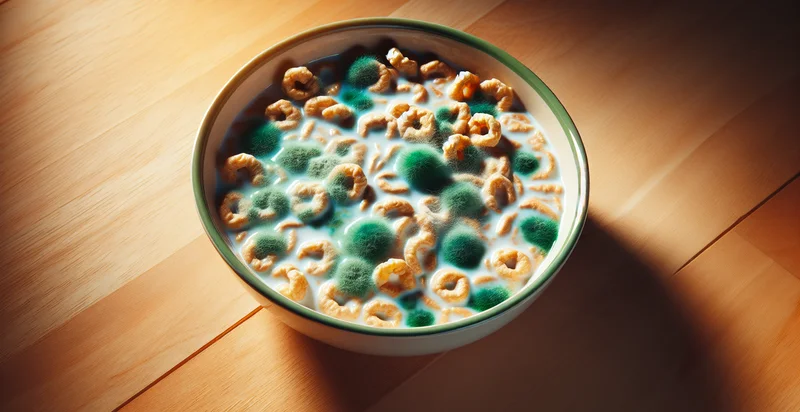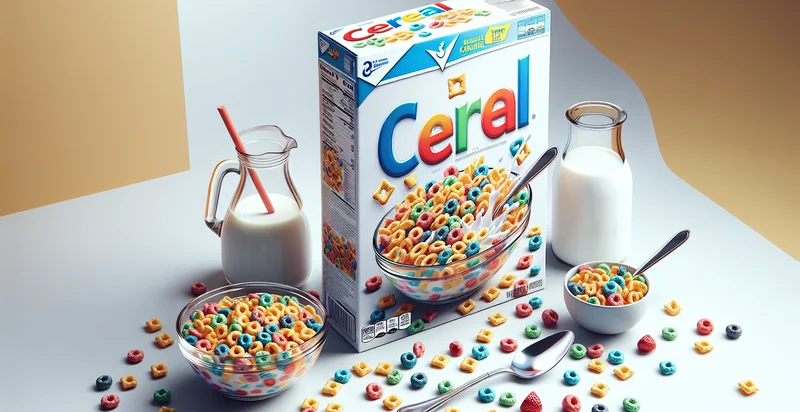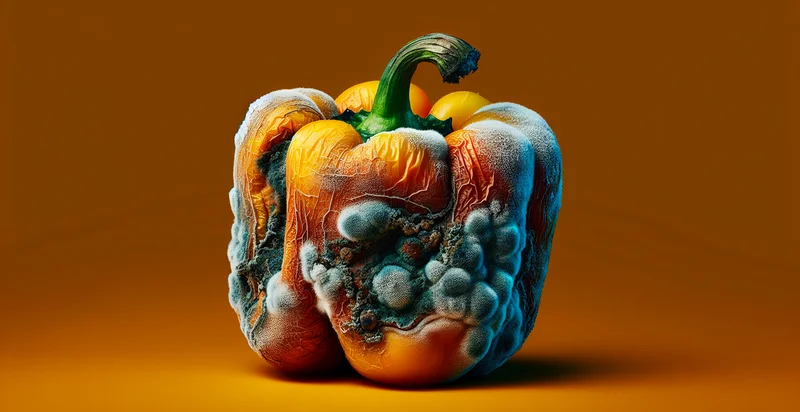Identify if cereal is rotten
using AI
Below is a free classifier to identify if cereal is rotten. Just upload your image, and our AI will predict if the cereal is rotten - in just seconds.

Contact us for API access
Or, use Nyckel to build highly-accurate custom classifiers in just minutes. No PhD required.
Get started
import nyckel
credentials = nyckel.Credentials("YOUR_CLIENT_ID", "YOUR_CLIENT_SECRET")
nyckel.invoke("if-cereal-is-rotten", "your_image_url", credentials)
fetch('https://www.nyckel.com/v1/functions/if-cereal-is-rotten/invoke', {
method: 'POST',
headers: {
'Authorization': 'Bearer ' + 'YOUR_BEARER_TOKEN',
'Content-Type': 'application/json',
},
body: JSON.stringify(
{"data": "your_image_url"}
)
})
.then(response => response.json())
.then(data => console.log(data));
curl -X POST \
-H "Content-Type: application/json" \
-H "Authorization: Bearer YOUR_BEARER_TOKEN" \
-d '{"data": "your_image_url"}' \
https://www.nyckel.com/v1/functions/if-cereal-is-rotten/invoke
How this classifier works
To start, upload your image. Our AI tool will then predict if the cereal is rotten.
This pretrained image model uses a Nyckel-created dataset and has 2 labels, including Cereal Is Good and Cereal Is Rotten.
We'll also show a confidence score (the higher the number, the more confident the AI model is around if the cereal is rotten).
Whether you're just curious or building if cereal is rotten detection into your application, we hope our classifier proves helpful.
Related Classifiers
Need to identify if cereal is rotten at scale?
Get API or Zapier access to this classifier for free. It's perfect for:
- Supply Chain Quality Control: This use case involves integrating the rotten cereal identifier into the supply chain process to ensure only quality products reach consumers. By screening shipments before distribution, retailers can minimize the risk of delivering spoiled goods, improving customer satisfaction and reducing waste.
- Food Safety Compliance: Food manufacturers can adopt this image classification function as part of their quality assurance protocols to meet local and international food safety regulations. By automatically identifying rotten cereal, companies can ensure compliance with health standards and protect their brand reputation.
- Inventory Management: Retailers can implement the identifier in their inventory management systems to check the quality of cereals on their shelves. This proactive approach helps in removing expired or rotten products promptly, thereby maintaining a fresher inventory and increasing sales.
- Consumer Safety App: A mobile app can utilize this image classification technology to enable consumers to scan cereal packages before purchase. By providing real-time information about product quality, users can make safer choices and avoid potential foodborne illnesses associated with spoiled cereals.
- Automated Warehousing: In automated warehouses, the rotten cereal identifier can be integrated into robotic systems responsible for sorting and storing inventory. This ensures that only non-spoiled products are sent for packing or placed on the shelf, enhancing operational efficiency and reducing human error.
- Data Analytics for Demand Forecasting: By analyzing data from the rotten cereal identifier, food companies can gain insights into spoilage rates and consumer preferences. This information can inform production and ordering strategies, leading to better demand forecasting and minimized losses due to expired products.
- Ingredient Quality Assessment for Food Products: Food brands that use cereal as an ingredient can incorporate the identifier in their quality assessment processes. By ensuring that only fresh, non-rotten cereals are used, companies can enhance the overall quality of their final products and maintain high standards in their offerings.


